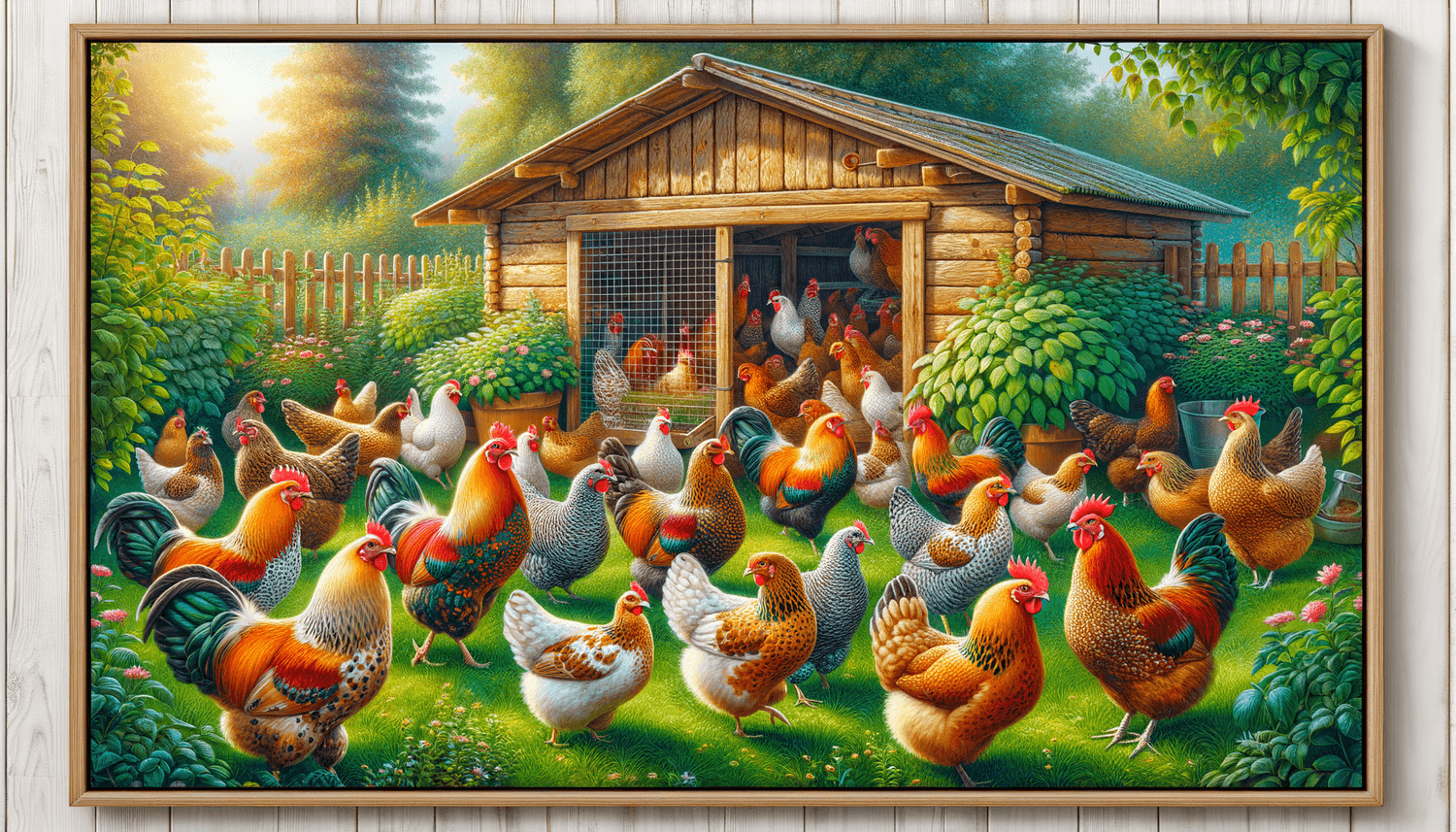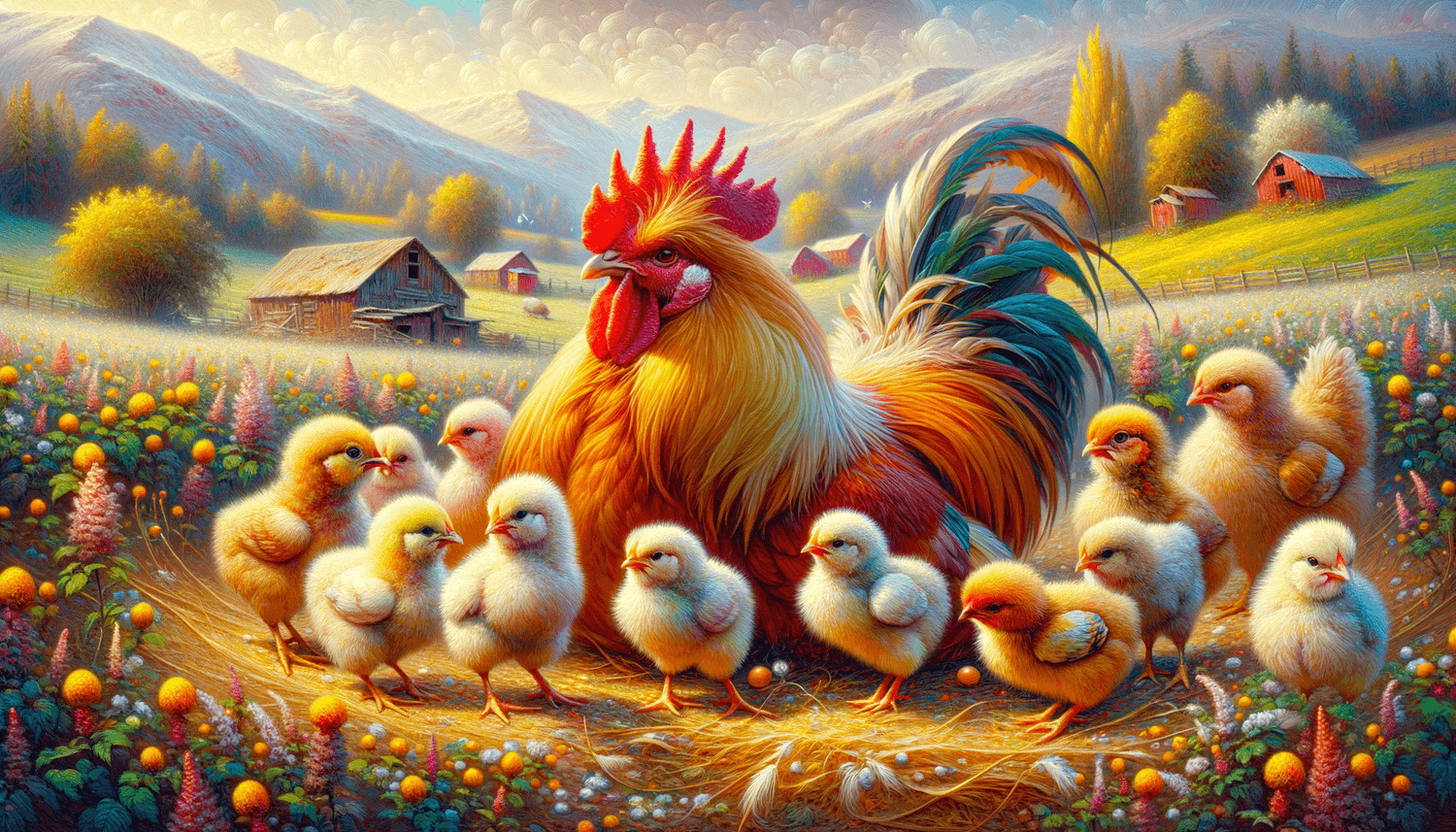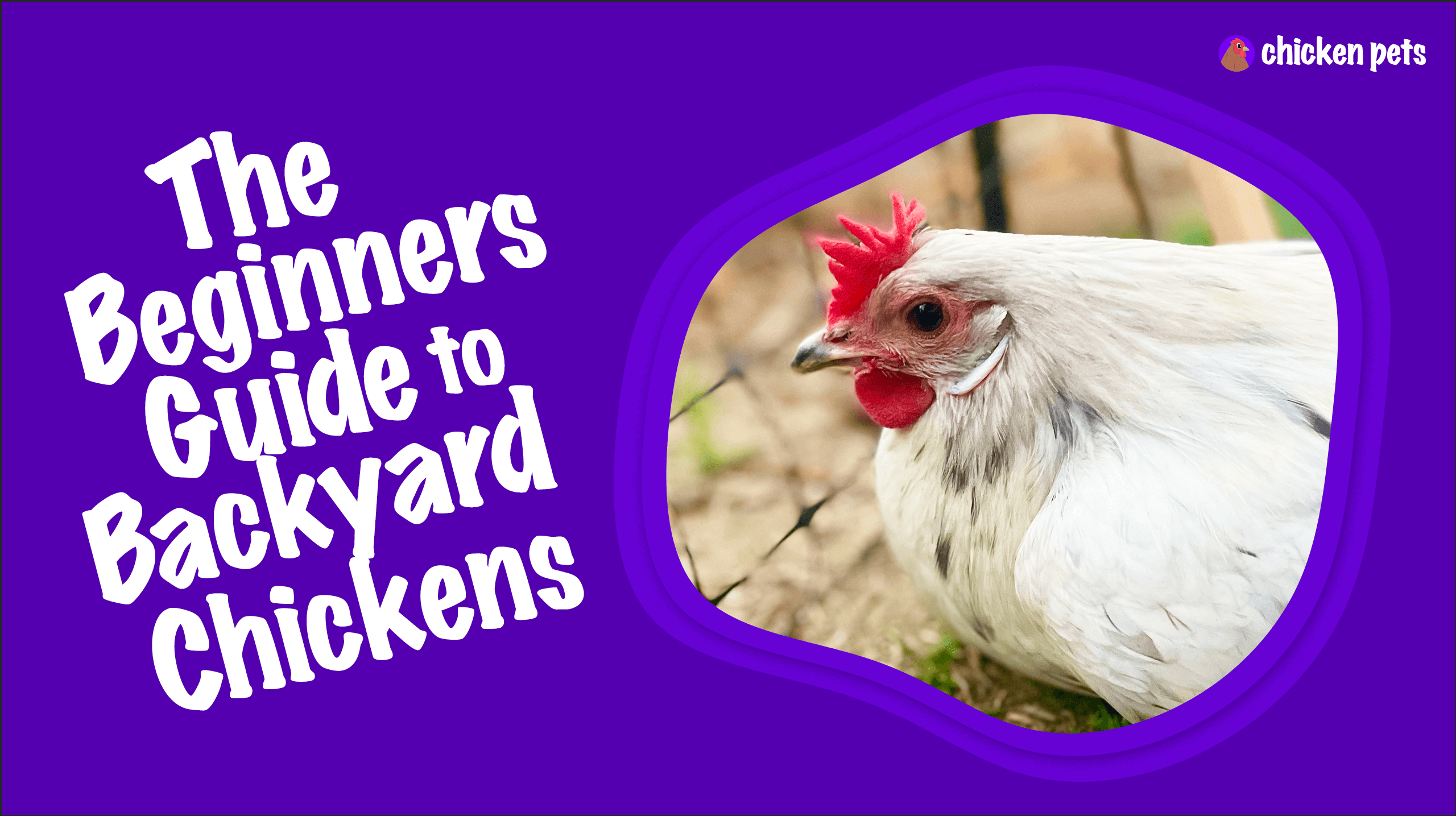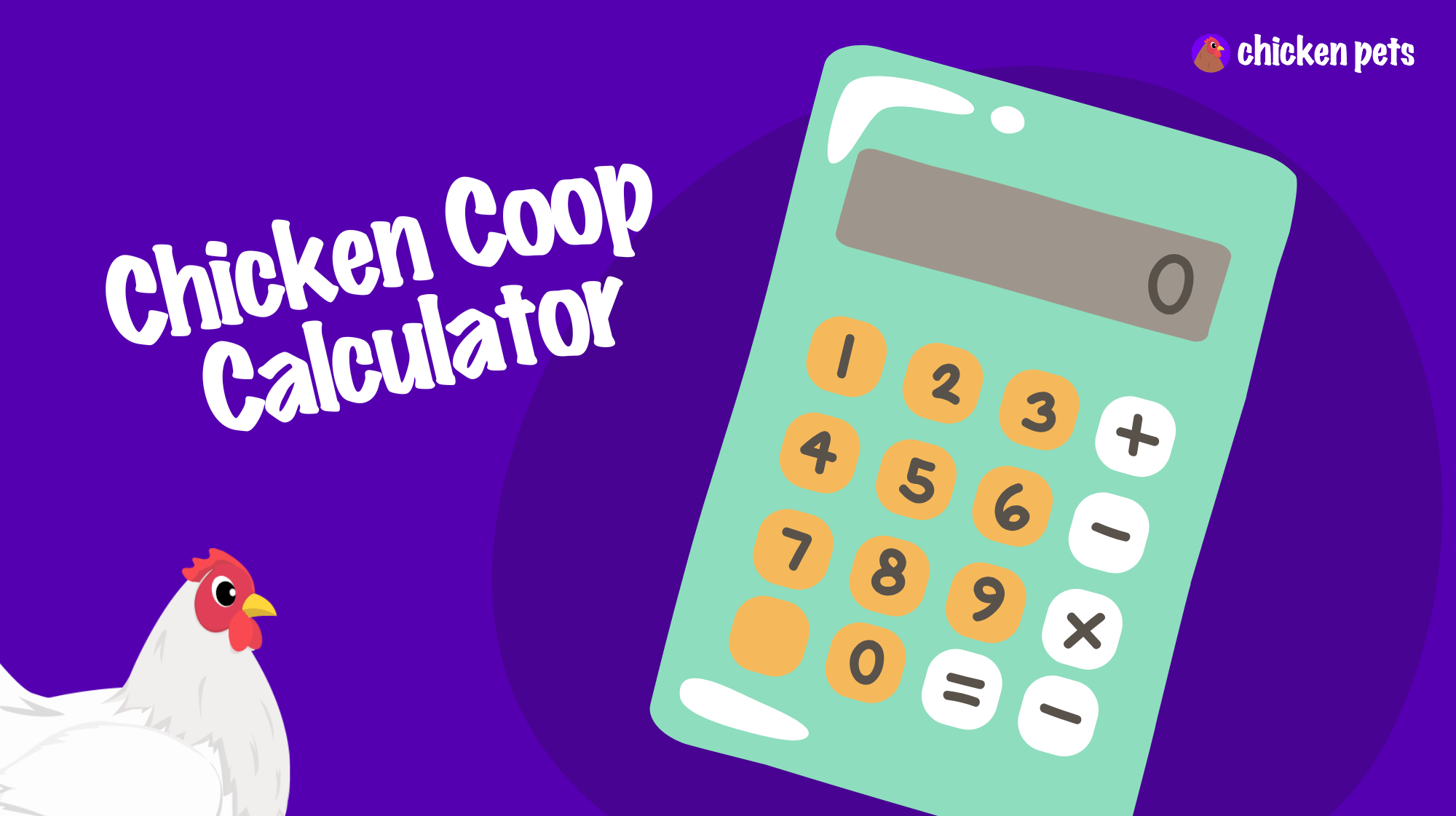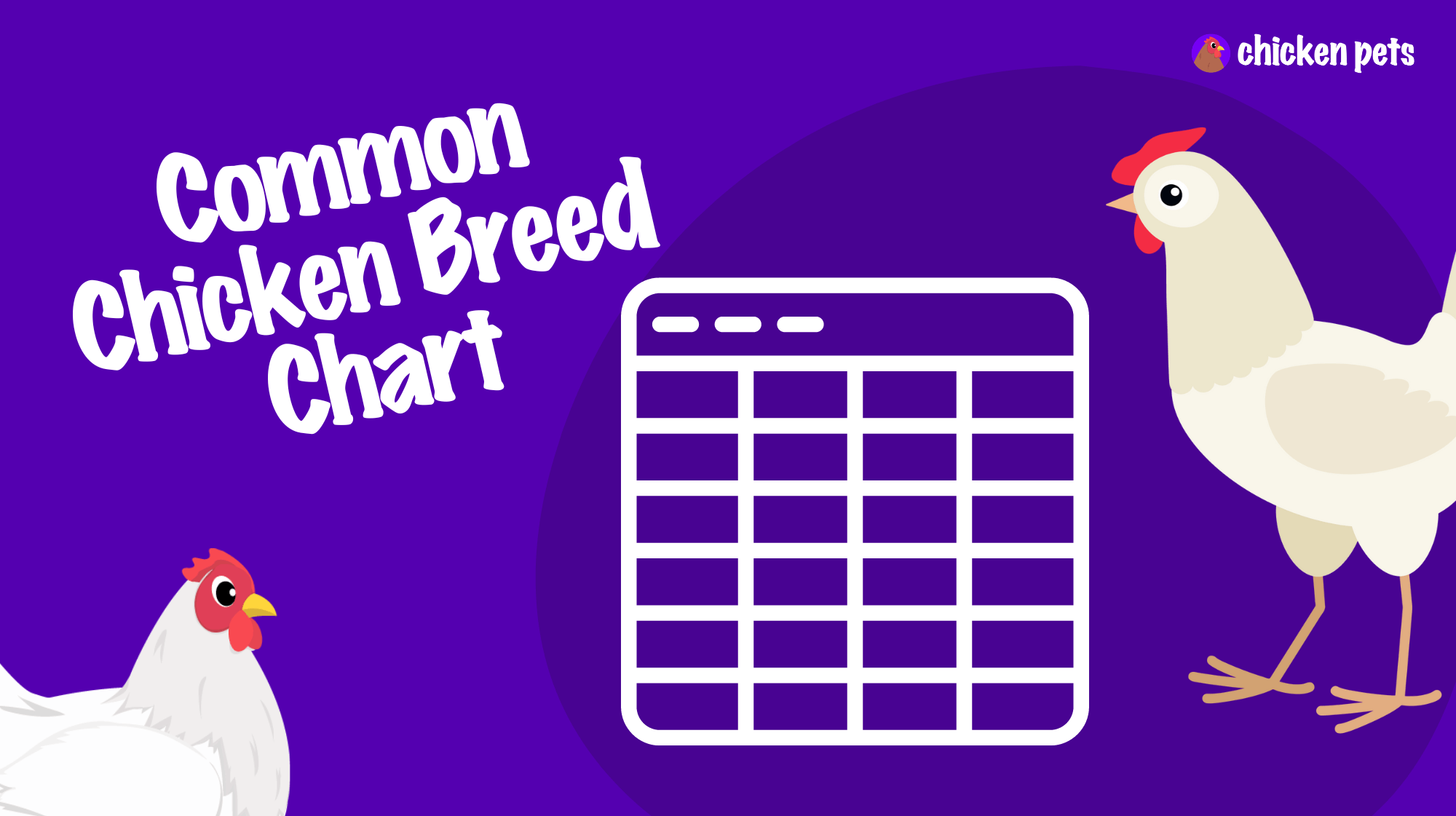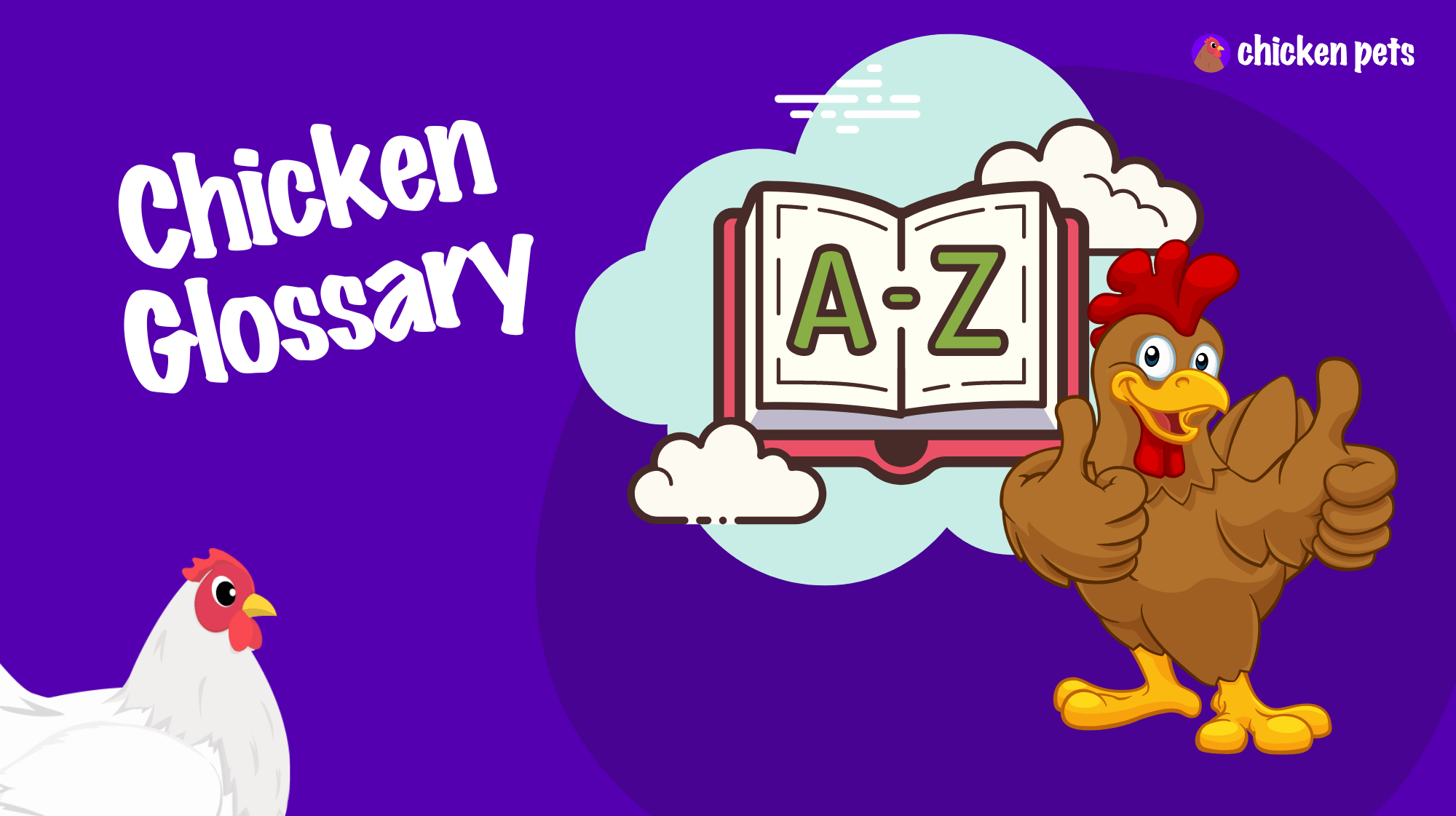Definition of Dual-Purpose Breed
A Dual-Purpose Breed refers to a chicken or poultry breed that is specifically selected and bred for providing both meat and egg production. These versatile breeds are known for their ability to efficiently convert feed into both a valuable source of protein-rich eggs and tender, flavorful meat. These breeds are particularly popular in small-scale, backyard, and sustainable farming systems, as they offer diversified returns and reduce resource dependence compared to single-purpose breeds.
Importance of Dual-Purpose Breeds for Backyard Chicken Owners
Dual-Purpose Breeds are highly desirable for backyard chicken owners and enthusiasts due to their numerous benefits. Firstly, these breeds enable a self-sufficient and resourceful approach to poultry farming. Instead of maintaining separate flocks for meat and egg production, backyard chicken owners can depend on a single flock for both purposes. This can save space, time, and investments in infrastructure, as well as minimize overall management requirements.
Secondly, these breeds are typically known for their hardiness and adaptability, making them an excellent choice for a wide range of climates and environments. Due to their diverse genetic background, many Dual-Purpose Breeds can better adapt to local conditions and are often more resistant to disease and environmental stress.
Lastly, with an increasing emphasis on sustainable and organic farming, Dual-Purpose Breeds complement these practices by reducing the need for external inputs like feed, medication, and transport. This can contribute to a more environmentally responsible approach to backyard poultry keeping and create a stronger connection between chicken owners, their flock, and the food they produce and consume.
How Dual-Purpose Breeds Work
In the context of chickens and poultry, the mechanisms underlying the functionality of Dual-Purpose Breeds can be explained in terms of selective breeding and genetics. Over time, poultry breeders have gradually developed and refined specific breeds by selecting and crossbreeding individuals with desirable traits for both meat and egg production. By consistently emphasizing these characteristics during breeding, breeders have managed to create strains of chickens that are efficient in providing both meat and eggs.
For instance, these breeds typically have a robust and well-rounded body structure, ensuring good meat yield, while also possessing the necessary physiological components and traits for regular and consistent egg-laying. These traits can include a calm temperament, good egg-laying capacity, broodiness, and natural resistance against common diseases.
Successful examples of these breeds include Plymouth Rocks, Sussex, Orpington, and Rhode Island Reds. It’s important to note that selective breeding is an ongoing process, with breeders continually seeking to improve Dual-Purpose Breeds to ensure they remain adaptable and sustainable within the dynamic poultry farming landscape.
Practical Application of Dual-Purpose Breeds for Backyard Chicken Owners
Backyard chicken owners can incorporate Dual-Purpose Breeds into their flock to enjoy the benefits of both meat and egg production. Here are some practical steps to help you get started:
1. Research: Begin by researching different Dual-Purpose Breeds that align with your requirements and preferences for egg production, meat quality, temperament, and adaptability to your local climate. Popular breeds include Plymouth Rocks, Sussex, Orpington, and Rhode Island Reds, among others. It’s a good idea to consider the laying rates, broodiness, and meat yield of the breeds you’re evaluating.
2. Procure: Acquire your choice of Dual-Purpose Breed from a reputable breeder or hatchery. It’s important to ensure that you purchase high-quality, disease-free, and well-bred birds. The health and genetics of your birds will significantly impact their performance as both meat producers and egg layers.
3. Set up infrastructure: Design your backyard chicken housing and environment to accommodate the specific needs of your Dual-Purpose Breed. Proper nesting boxes, roosting space, and predator-proof enclosures are crucial components to maximize the productivity and safeguard the health of your flock.
4. Optimal care and management: Implement proper care and management practices, including balanced nutrition, sanitation, and preventive healthcare. Dual-Purpose Breeds may require tailored care, including dietary adjustments that cater to both meat and egg production needs. Be prepared to make changes in your flock management practices and consult experts for guidance when necessary.
5. Monitor and maintain: Regularly monitor your flock’s performance, health, and overall condition. Keep track of egg production, meat yield, and any potential health issues. Periodic check-ups and timely interventions can help ensure an optimally productive poultry enterprise using Dual-Purpose Breeds.
Tips & Recommendations for Raising Dual-Purpose Breeds
For backyard chicken owners interested in raising Dual-Purpose Breeds, the following tips and best practices can help ensure optimal care, productivity, and satisfaction from your poultry enterprise:
1. Selection process: When choosing your Dual-Purpose Breed, ensure that you carefully consider their suitability for your environment, climate, and local regulations. Keep local diseases and predators in mind, prioritize adaptability, and focus on birds with a solid history of disease resistance and hardiness.
2. Transitioning from eggs to meat: Be prepared to adapt the management and care of your birds as they transition from egg-laying to meat production. This may include adjusting their diet, housing conditions, and healthcare. Regularly evaluating your flock’s performance and consulting experts will help keep your birds healthy and productive.
- Feed adjustments: Throughout the various stages of life, be sure to adjust the feed for your chickens. Opt for a starter feed during early growth, a layer feed for egg production, and a grower or broiler feed tailored for meat production once egg-laying slows down.
- Housing modifications: Regularly evaluate and modify the housing environment to provide adequate space, ventilation, and temperature control as the birds grow and their requirements change.
- Healthcare interventions: Take a proactive approach to healthcare, routinely monitor your birds’ health, and promptly address any health concerns. Proper preventive care, including vaccinations, parasite control, and biosecurity measures, is essential to maintain a healthy flock.
3. Flock dynamics: Dual-Purpose Breeds can exhibit a wide range of temperaments and behaviors. Monitor flock interactions and consider implementing measures to ensure a harmonious environment. Integrate new birds gradually and monitor their interactions with the existing flock.
4. Heritage breeds: If you’re seeking a more sustainable, historic, or heirloom approach, consider incorporating heritage breeds of chickens with dual-purpose qualities. Heritage breeds are known for their hardiness, adaptability, and varied egg colors, making them an attractive and unique addition to your flock.
5. Record-keeping: Maintain detailed records of your flock’s performance, including egg production, meat yield, health issues, and flock dynamics. Regular documentation can assist in making informed decisions on evolving your flock management practices and improving productivity over time.
Additional Information on Dual-Purpose Breeds
Beyond the previous sections, the following additional information related to Dual-Purpose Breeds can provide valuable insights and a more comprehensive understanding for backyard chicken owners and poultry enthusiasts:
1. Breed variations: While many breeds are generally categorized as dual-purpose, it is crucial to recognize that different strains within these breeds can exhibit varying degrees of productivity for meat and egg-laying. Careful research and consultations with breeders can help ensure that you acquire the most suitable strain for your particular needs and preferences.
2. Preserve genetic diversity: By raising Dual-Purpose Breeds, particularly heritage breeds, backyard chicken owners can contribute to preserving the genetic diversity of poultry. This can help maintain the overall health, adaptability, and resilience of bird populations, ensuring a sustainable future for poultry farming.
3. Be prepared for trade-offs: While Dual-Purpose Breeds offer the benefits of both egg and meat production, it’s essential to be prepared for some trade-offs. These breeds may not always compete with the productivity of specialized breeds designed solely for egg-laying or meat production. However, the advantages of self-sufficiency and sustainability often outweigh these potential trade-offs.
4. Breeding your own: If you’re interested in refining your flock over time or even creating your unique dual-purpose breed, consider learning about poultry breeding techniques and genetics. By selectively breeding your birds based on their performance and characteristics, you can develop a flock that is specifically adapted to your needs, goals, and local environment.
5. Ethical considerations: Raising Dual-Purpose Breeds allows backyard chicken owners to follow a more ethical approach to poultry farming. By raising birds for both egg-laying and meat production, you can ensure that they lead a fulfilling life and receive proper care and attention throughout their lifespan. This approach aligns with values of sustainability, resourcefulness, and humane animal husbandry.
Frequently Asked Questions About Dual-Purpose Breeds
Here are some frequently asked questions regarding the term “Dual-Purpose Breed” that can help provide a clear understanding of its relevance and application in backyard poultry:
1. What are some popular Dual-Purpose Breeds?
Some popular Dual-Purpose Breeds include Plymouth Rocks, Sussex, Orpington, Rhode Island Reds, Australorp, Wyandottes, and New Hampshire Reds. It’s essential to research and select the breeds that suit your climate, goals, and personal preferences.
2. Are Dual-Purpose Breeds suitable for cold climates?
Several Dual-Purpose Breeds are suitable for cold climates, primarily if they possess suitable feathering, small combs, and wattles for reducing frostbite risks. Examples of cold-hardy Dual-Purpose Breeds include Plymouth Rocks, Sussex, and Rhode Island Reds. Conduct thorough research to ensure the breed you select is well-adapted to your specific climate conditions.
3. Can Dual-Purpose Breeds coexist with other chickens in a mixed flock?
Yes, Dual-Purpose Breeds can usually coexist with other chickens in a mixed flock. However, it’s important to monitor the birds’ interactions and address any bullying or aggressive behavior. Gradual integration and proper flock management can help minimize conflicts and promote a harmonious environment.
4. Do Dual-Purpose Breeds have different nutritional requirements?
Dual-Purpose Breeds may have slightly different nutritional requirements, depending on their stage of life and productivity. For instance, they will require a higher protein and energy diet during growth and development, whereas they will need a more balanced layer feed during peak egg production. Adjusting their diet as they transition between stages or based on their performance can help ensure their optimal health and productivity.
5. Are Dual-Purpose Breeds noisier than other breeds?
Noise levels depend on individual breeds and flock management, rather than whether they’re dual-purpose or not. Generally, hens are quieter than roosters, so noise should not be an issue in most cases. If you’re concerned about noise, research the temperament and behavior of the breed you’re interested in raising.
6. How long will Dual-Purpose Breeds produce eggs before transitioning to meat production?
The egg production lifespan for Dual-Purpose Breeds can vary greatly, though most begin laying eggs around 5-7 months of age and maintain consistent egg production for 2-3 years. After that, egg production generally declines, making it a suitable time to transition the focus to meat production.
7. How much meat can I expect from a Dual-Purpose Breed?
The meat yield from a Dual-Purpose Breed depends on the specific breed, the bird’s age, and the quality of care provided. While they may not provide as much meat as specialized meat breeds, their dual-purpose nature makes them a valuable resource for sustainable backyard poultry enthusiasts. Typically, the processed weight of a mature Dual-Purpose Breed can range between 3-7 lbs., depending on the breed and gender.


